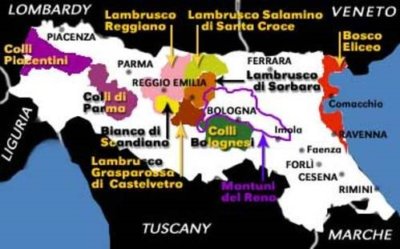
Italy: Wines of Emilia-Romagna
Located in northern Italy, Emilia-Romagna is a prolific wine region covering more than 136,000 acres under vine (2010). The 15-mile area spans almost the entire width of the northern Italian peninsula and is located between Tuscany (to the south) Lombardy and Veneto (to the north) and the Adriatic Sea (to the east). This unique region is the only part of Italy with both east and west coast borders.
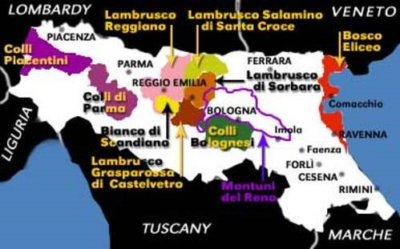
Emilia is named for the Via Aemilia, a road built by the ancient Romans connecting Bologna to the cities of Modena, Reggio Emilia and Parma to the northwest. The Romans also developed the eastern portion of the province which stretches to the Adriatic Sea and includes Ravenna, once the capital of the Western Roman Empire.
Lambrusco
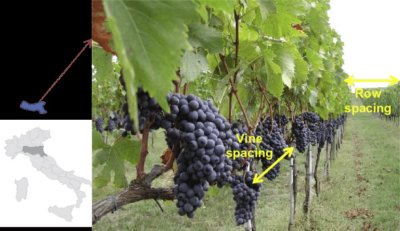
possible to reach millions worldwide
Google News, Bing News, Yahoo News, 200+ publications
The signature wine for Emilia is Lambrusco. Archeologists located fossilized remains of the Vitis Labrusca plant dated between 12,000 and 20,000 years old. It is presumed that the Etruscans cultivated grapes and started wine production in the 7th century BC in the Po Valley, bringing viticulture to Central Italy. The wine industry flourished during the Roman Empire and was documented by the poet Virgil and scholar Pliny the Elder – with a special salute to the Lambrusco grape.
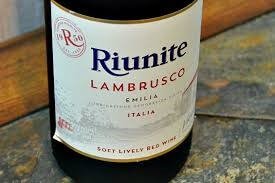
In the 1970s the Riunite brand introduced Lambrusco to the USA. It was fizzy and sweet, and meant to be consumed while young, developing a very bad reputation. Fortunately, the wine makers currently focus on quality and not quantity making a product that is really worth drinking.
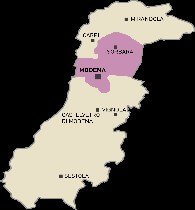
The Lambrusco production center is Sorbara, in the province of Modena and located in the heart of Pianura Padana, a large and flat valley of the Po River. The terroir is mainly maritime with fluvial sediments; the absence of slopes makes it very challenging to make interesting wines.
Emilia-Romagna has two DOCG wines: Colli Bolognesi Classico Pignoletto (province of Bologna and Savignano sul Panaro, province of Modena) and Romagna Albana (province of Forli-Cesena). Both areas or production have hills and benefit from the close proximity to the Adriatic Sea (approximatey 60 miles).
In 1970, several Lambrusco varieties received the DOC appellation (the second-best appellation for Italian wines after DOCG) and included Lambrusco di Sorbara, Lambrusco Salamino di Sant Croce and Lambrusco Grasparossa di Castelvetro; in 2009 Lambrusco di Modena was added to this appellation. Lambrusco has a strong connection to local traditions and it is now protected by Italian wine laws and winemakers are producing a quality product.
Read the full article at wines.travel.
